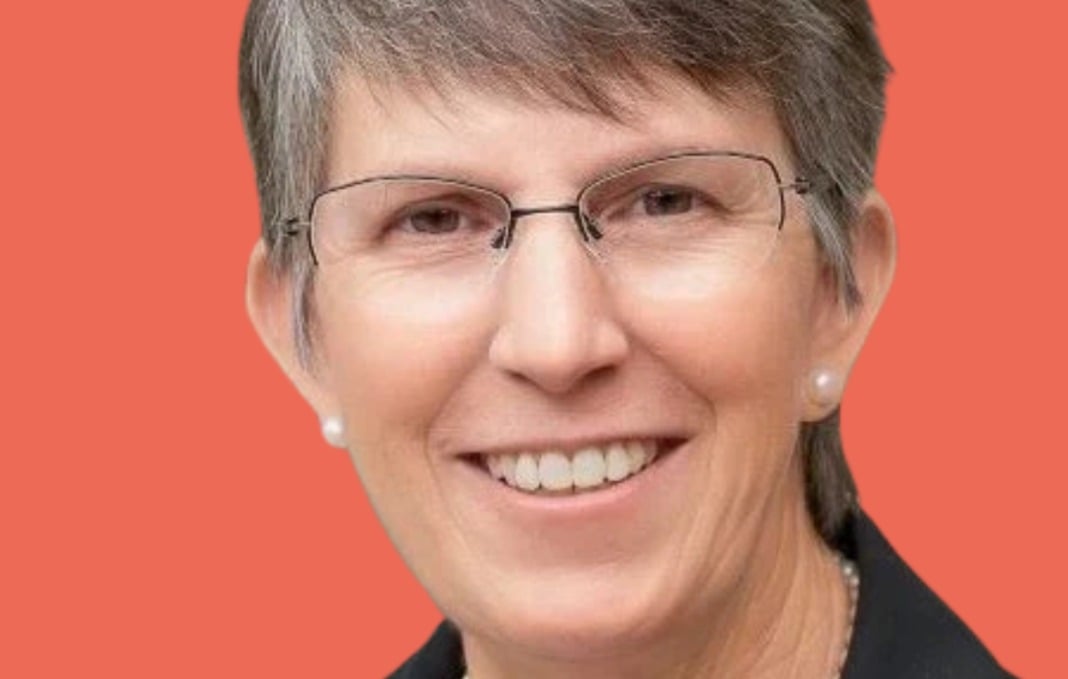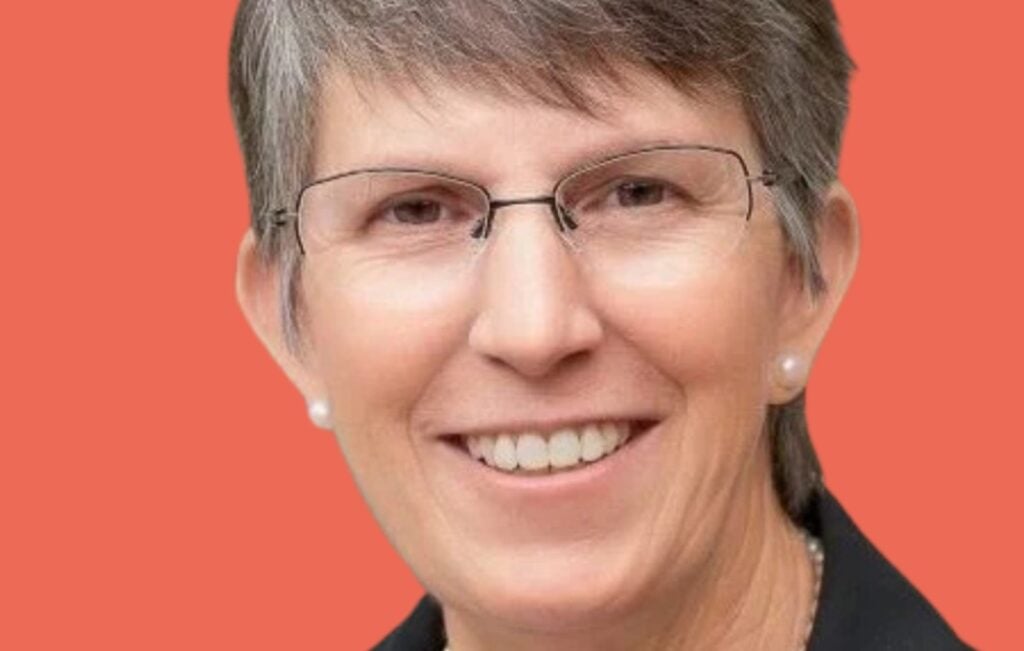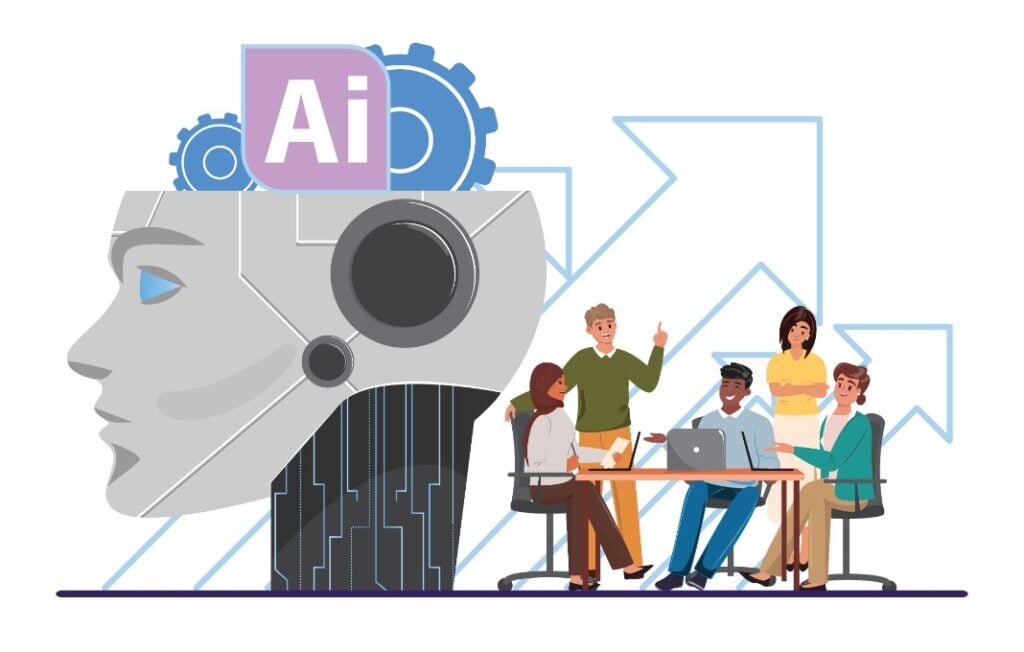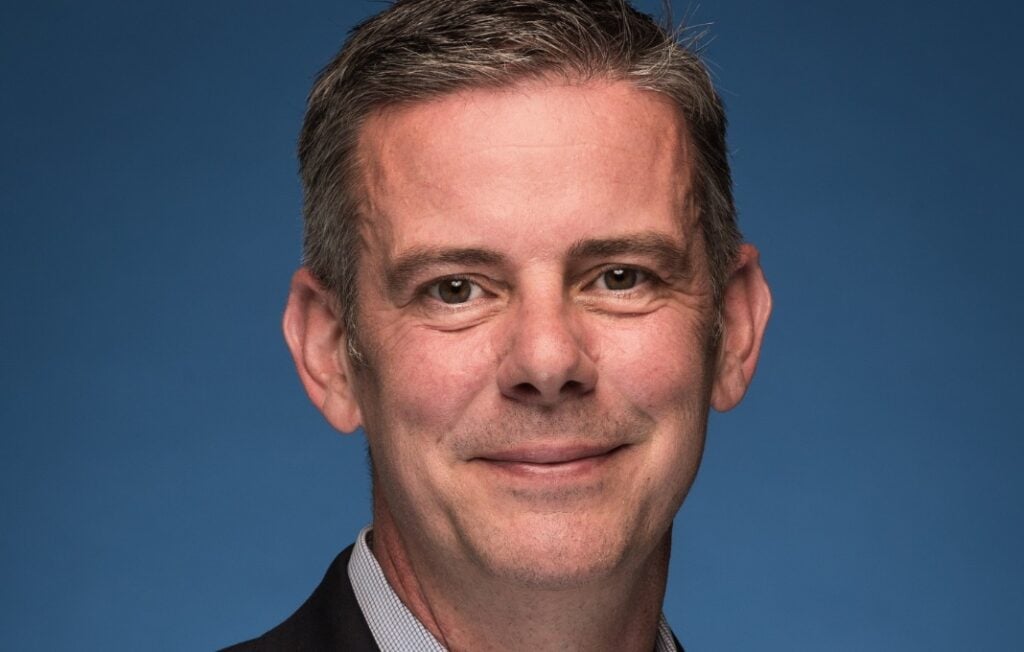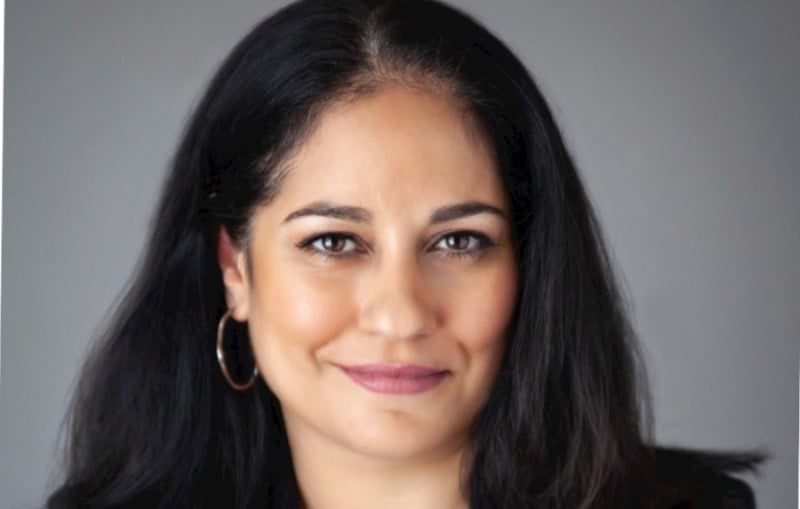Becky Halstead has had a historic career: A 1981 graduate of the United States Military Academy, she was the first female graduate of West Point to be promoted to general officer. She was the senior commanding general (equivalent to CEO) for logistics in Iraq and was the first female in U.S. history to command in combat at the strategic level. Halstead was responsible for leading over 200 multi‐disciplined units (20,000 military and 5,000 civilians) located across 55 different bases, providing supply, maintenance, transportation and distribution support to over 250,000 personnel serving in Iraq.
Achieving these milestones isn’t just the work of mastery-level leadership; it also relies on the rigor of setting—and sticking to—your goals. Halstead will be one of the speakers at the next Women Leader’s Connect masterclass event diving deeper into this topic (join us!). She spoke with us ahead of the event to give some insight into how she approaches goal-setting in a high-stakes environment, how to have follow-through and best practices for helping your team step up to the plate.
The following Q&A has been trimmed and edited for length and clarity.
You’ve led tens of thousands of people in high-stakes environments. How did you first develop your own discipline around setting and achieving goals?
The single source of my success in setting and achieving goals is I’ve always written them down. I’ve always reviewed them. I’ve always tried to ask myself, “Do they make sense? Can I really achieve it?” I want it to be lofty, I don’t want it to be easy, but it has to be measurable in some way. And then setting the goal pushes me to set a higher goal.
I also share them. That’s a critical piece because when you tell someone your goal, the beauty of that is they help keep you accountable for it. Accountability is a pretty big piece of goal setting.
How do you balance the need for those ambitious long-term goals with the reality of short-term constraints and unexpected challenges?
It’s so easy to get caught up in the short-term and not really put a foot or a thought into the long term. But that’s not just with goal setting. That’s with everything we do. I was in combat for a year in Iraq, and so we were having operations that are happening every single day.
I had to tell myself to put one foot into the long-term mission. Because better planning out the future—setting the goal, defining the mission, resourcing the goal, training people to accomplish that goal—allows the present to go off much better.
What I did myself is I had a circle of leaders that I put in charge of my future operations. Future goals for our mission in combat. Now combat’s long-term is 96 hours. But if two days go by and I haven’t walked down to your office, you better have the intestinal fortitude to come up, get me and make me go down there. The ability to pay attention to short-term and long-term, you don’t want to depend on just yourself. Because if you depend on just yourself, you’re going to be mired in the short-term, the present.
The other beauty to that is that when we’re thinking out [into the future] or I’m listening to what my leaders are telling me that they’re thinking about, I can give guidance now that will help them in the development of that next mission.
Otherwise, what happens is they’re over here, they’re going a hundred miles an hour working on something that they know we need to do in 30 days. Then I will walk in on the 29th day and go, “I don’t know where you got that idea, but that’s not going to fly. Start over.” Now you’re scrambling to get all done.
How do you know when it’s time to readjust versus just pushing through setbacks that you may face?
If you have any inclination that you need to readjust, listen to your gut. I think a lot of people know that they need to readjust and they ignore it because they have a plan. They’ve worked on a plan, and they just don’t want to do more work and change it. So, they stick with the plan that their gut told them is probably not going to work.
The reason why we readjust is normally because we have more information, we have more knowledge, we have more data. Someone has come and informed us of something we didn’t even know. And a lot of people don’t like to change their decisions because they think as a leader, if they change their decision that they look weak. Well, I would rather somebody thinks I look weak than for me to stick with the decision that is a bad one.
What role does communication play in all of this?
It’s a huge role. In the army, we don’t want the tail wagging the dog—where I’ve made some decision, but then nobody informed anybody. It destroys the attitude and the mentality of the team.
For communication, if I’m making a decision, if I’m changing my mind, if I’m putting out my intent, the first thing I always ask myself is, who else needs to know? And then, and not just for me, but I’ll ask my team, who else needs to know this? And we have to deliberately do that. If we do, we have a lot better chance of communicating what’s going on more accurately to all the right people.
But there’s so many forms of communication. So that’s verbal. We abuse communication with email. “Oh, well, let me cover my butt. Let’s just put everybody on the email. And then that way nobody can say they didn’t know.” I’m very opposed to that. If I write an email, number one, before I send it, I read it and I ask myself, how would I receive it? Because there are times, especially in chaotic times, fast-changing times, when we just blurt things out and we’re not thinking about how it’s received on the other end.
A lot of people, because I was the top leader in an organization, they would constantly copy furnish me, and then they could say, “Well, I let the boss know.” I would tell my people if I’m copy furnished, I don’t even read it. If you really want me to read it, you want me to be in involved, you better put me on the “to” line.
Where I worked, I got a lot of briefings, PowerPoint by the thousands of slides. And I told my folks, if you’re going to give me a PowerPoint presentation, then on every single slide, I want to know who created the slide and when did they create it? And if they used another resource, either a person or a written resource, I want that down there too. If I have a chart that has your name on it, where you work, your phone number, if I’ve got some sort of question, I can just pick up the phone and call you and say, “You know, I’m taking a closer look at this, and I just don’t understand the data that you’re presenting. Like, why is that important to me?” And it cuts out all these other 12 people going to get the answer when I can come directly to you.
In this time of increasing unpredictability for business, what advice would you give to leaders trying to navigate constant change?
First, embrace the concept of change with a positive attitude and do not be that leader that has to be dragged reluctantly along. Change requires a mindset of thinking differently and then trusting the differences. Navigating change also requires leaders to truly listen hard and create an environment where collegial dialogue is not only allowed, it is strongly encouraged. Lastly, leaders would be well served to take notes while listening. One of my most important, critical and effective practices as a leader has been keeping a leader notebook. Doing so has allowed me to track actions, keep a record of people and places and projects, and many times to be a tool for reflection and creativity.
What do you see as the most common mistake that leaders make when setting goals for themselves and for their teams?
When you’re doing goal setting, put someone in charge of it. We call that main effort, put a lead for the main effort. Then if you are the lead, you’re going to want to identify who’s the supporting effort to you. Who are your go-to people. Because no one person can do it all.
And I already told you, write it down. The common mistake is people don’t even write it down. When it’s written down, go around the room and have people say back to you, what are the goals we just set? Because It’s amazing how you set a goal, but they heard it differently and they’re on another path.
We have tools in the military that we call the back brief and the confirmation brief. And so that is when we put something out there, people come back and say, “Here’s what I heard you say, General.” And then I could say, “Oh, no, that’s not what I said.”
Put timeframes on everything. You can adjust off the timeframe, and it shouldn’t just be me, the leader, the CEO, that puts a timeframe on something. If I put you in charge of something as the lead, I’m going to say to you, “I would really like this by the 15th of October. Do you think that’s possible?” You have to be ready to know whether or not you think it is or it isn’t. And then we have to track it, and you don’t wait until 14 October to say it wasn’t enough time.
It’s so often we make a goal, and we shoot it out there and we forget. We call it fire and forget. And then you’re just never going to meet those goals.
Do you have specific practices or routines that you use to help you maintain that accountability and follow through?
I’m a big believer in spreadsheets. When I did goal setting in combat, for the unit, I could put a goal on one page and then I could lay out all these things I’m telling you: We have to plan, prepare, resource, train. The timeline would be on there, we could put cost to it, how much is it going to be? And I had these one pager Excel and PowerPoint charts that I could look at one page and have a really good idea of where they needed my help. Can we actually meet this goal? Do we need to readjust it?
I have had every Steno pad since 1977. And I set my Steno pad up in a very organized way. It keeps me focused, helps me remember who I assigned something to. When I was in Iraq, I had 20,000 military working for me and 5,000 civilians. There’s no way I can remember everybody and everything. So, my notebook helped. My one pager helped. And then again, I’m a big Excel sheet person, because you can search a lot of data very quickly to do readjustments of goals or communicate them too, track them.
You’ve had a lot of historic milestones in your career: the first female graduate of West Point to become general officer and the first female in U.S. history to command and combat at the strategic level. How did goal setting and resilience play into those achievements for you?
I think resilience plays a big piece because it’s so easy to want to quit when you get tired. And so, I’ll go back to my spreadsheets. I have what I call personal battle rhythm. And within that spreadsheet, I’ll do one page for 30 days. For me to keep up a battle rhythm, to be resilient and keep going, here’s all the physical things that I need to do, the mental things and the spiritual things.
Now, I might not have to do them every day, but in a 30-day period, I better be doing them every once in a while. I think that leading is oscillating. You surge for one thing, and then you rest and recover and then come back up. It’s like a heart rate; it’s a rhythm. It’s not just a flat line; [not] “just do everything.” That’s how I’ve maintained, for the most part, my resiliency because I know that I have to do things physically to keep my energy level up, to stay healthy.
And then of course, mentally and spiritually, there are things you need to do to keep your mind active and your attitude straight. I physically write out what those things are.

